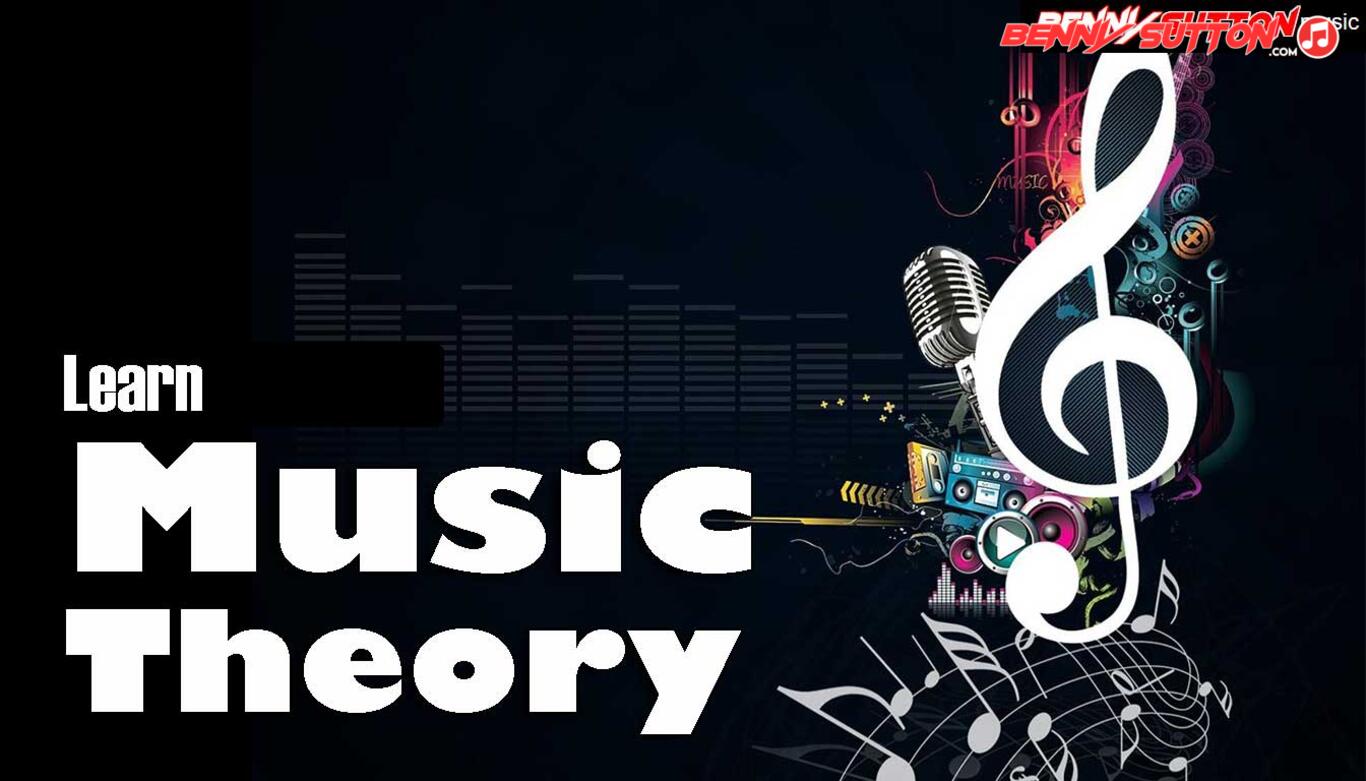Altered chords are dominant chords that include one or more altered extensions — notes raised or lowered by a semitone to intensify tension and color before resolution.
They are the harmonic frontier of modern jazz, fusion, and conBPMrary film scoring, offering rich dissonance and fluid modulation potential.
Most altered chords resolve to the tonic or a closely related harmony, providing the sharpest contrast between instability and release.
Structure
The altered scale (also known as the super-Locrian scale) provides the foundation for altered chords.
It contains all altered extensions: ♭9, ♯9, ♯11, and ♭13.
Formula for a dominant 7 Alt chord:
1 – 3 – ♭5 (or ♯11) – ♭7 – ♭9 – ♯9 – ♭13
Example (G7alt):
G – B – D♭ – F – A♭ – A♯ – E♭
| Extension | Interval from Root | Description | Effect |
|---|---|---|---|
| ♭9 | +1 | Minor second above root | Harsh, compressed tension |
| ♯9 | +3 | Augmented second above root | Blues-inflected sharpness |
| ♯11 | +6 | Raised 4th / tritone | Floating, unresolved color |
| ♭13 | +8 | Lowered 6th | Dark warmth, jazz ambiguity |
Altered chords usually omit the 5th or even the root in voicing to emphasize upper tensions.
Function
| Function | Common Symbol | Resolution |
|---|---|---|
| dominant with alterations | G7alt, G7♭9, G7♯9♭13 | Resolves to Cmaj7 or Cm7 |
| V7♭9 | Classical/jazz dominant | Resolves down a 5th |
| V7♯9 | Blues or funk tension | Often to I or I7 |
| V7♭13 | Subtle jazz color | Warm dominant resolution |
The altered dominant (V7alt) replaces the plain dominant seventh when a stronger leading tension is desired.
Roman Numeral Function
| Symbol | Function | Context |
|---|---|---|
| V7alt | dominant | Most common jazz cadence |
| V7♭9 | dominant | Classical and bebop cadences |
| V7♯9 | dominant | Blues and rock fusion |
| ♭II7♯11 | Tritone substitute | Replaces V7 in jazz progressions |
The Tritone Substitute
A hallmark of altered harmony is tritone substitution — replacing a dominant chord with another dominant a tritone away.
For example:
G7alt → D♭7♯11
Both share the same tritone (B–F), creating similar tension but a smoother chromatic bass line.
| Original | Substitute | Shared Tritone | Resolution |
|---|---|---|---|
| G7alt | D♭7♯11 | B–F | Both resolve to Cmaj7 |
This technique allows seamless chromatic movement between keys and adds harmonic richness.
Sound and Character
- Mood: tense, chromatic, expressive
- Color: edgy and urban — blending jazz sophistication with blues grit
- Function: dominant — the height of tension before resolution
- Texture: dense and compact; upper extensions shimmer against the tritone core
The altered chord represents harmonic “maximum pressure” — every note wants to move by semitone toward the tonic.
Common Progressions
| Progression | Function | Example (in C) |
|---|---|---|
| ii7 – V7alt – Imaj7 | Jazz cadence | Dm7 – G7alt – Cmaj7 |
| iiø7 – V7♭9 – i | Minor cadence | Bm7♭5 – E7♭9 – Am |
| V7♯9 – I7 | Blues resolution | G7♯9 – C7 |
| Imaj7 – ♭II7♯11 – Imaj7 | Tritone substitution | Cmaj7 – D♭7♯11 – Cmaj7 |
| iii7 – VI7alt – ii7 – V7alt | Extended turnaround | Em7 – A7alt – Dm7 – G7alt |
Real-World Examples
| Song | Artist | Use |
|---|---|---|
| “Giant Steps” | John Coltrane | Rapid altered dominants and substitutions |
| “All the Things You Are” | Kern / Parker | Altered dominants in modulation |
| “Red Clay” | Freddie Hubbard | V7♯9 tensions in modal jazz |
| “Still Crazy After All These Years” | Paul Simon | Pop adaptation of ♭9 tensions |
| “Little Wing” | Jimi Hendrix | ♯9 dominant voicings define his sound |
Application Tips
- Guitar: omit the 5th; focus on 3–♭7–♭9–♯9–♭13 for compact jazz voicings.
- Piano: build left-hand tritone (3 + ♭7), right-hand tensions (♭9, ♯9, ♭13).
- Use the altered scale (7th mode of melodic minor) for improvisation.
- In blues and funk, the ♯9 chord (e.g., E7♯9) captures aggression and color.
- For smoother tension, pair V7alt with a tritone substitute chord.
Summary
| Attribute | Value |
|---|---|
| Formula | 1 – 3 – ♭5/♯5 – ♭7 – ♭9 – ♯9 – ♭13 |
| Tonality | dominant (altered) |
| Emotional Color | Tense, modern, chromatic |
| Function | dominant resolution or substitution |
| Common Progressions | ii7–V7alt–Imaj7, V7♯9–I7 |
| Used In | Jazz, fusion, blues, soul, film, rock |
